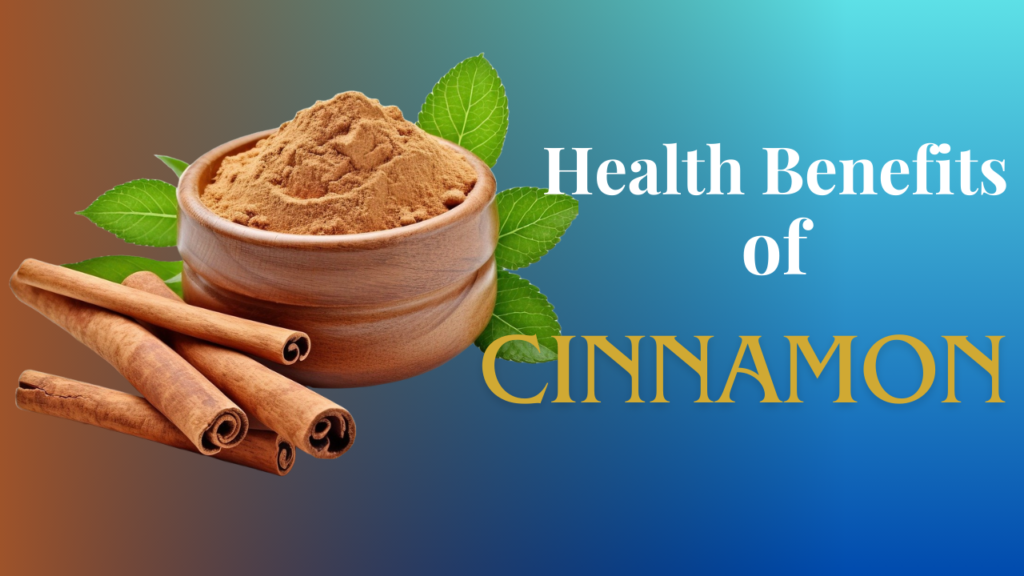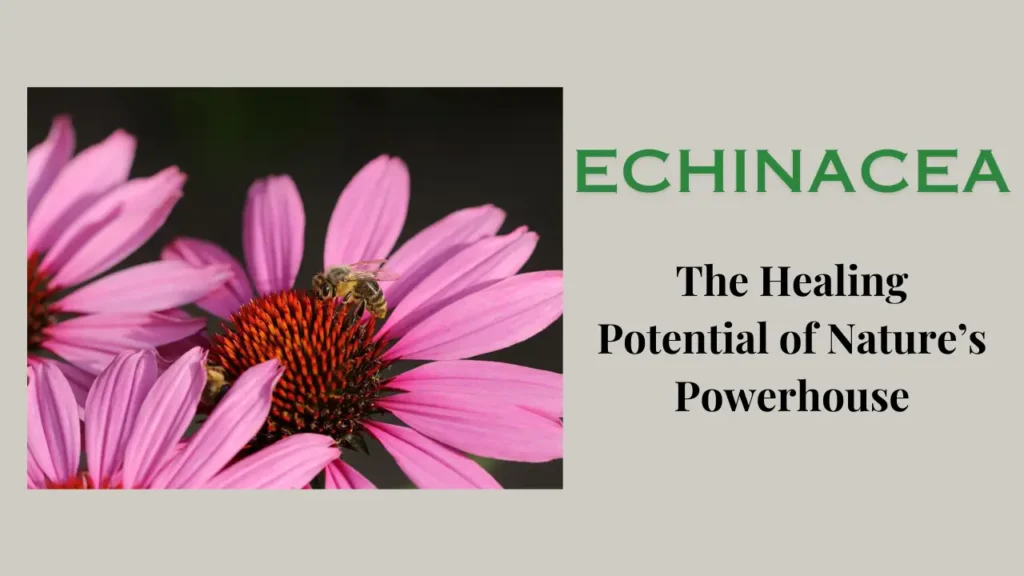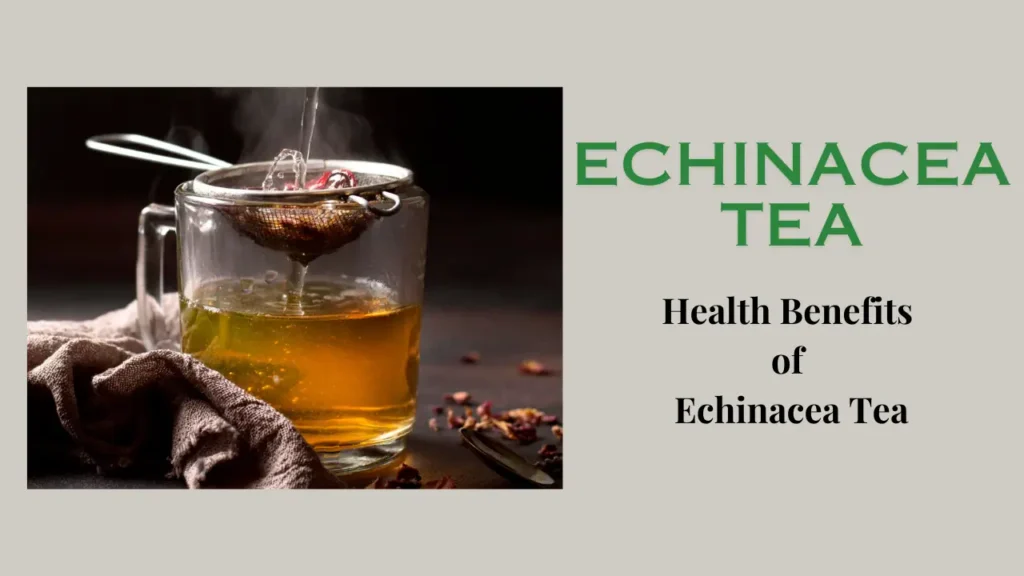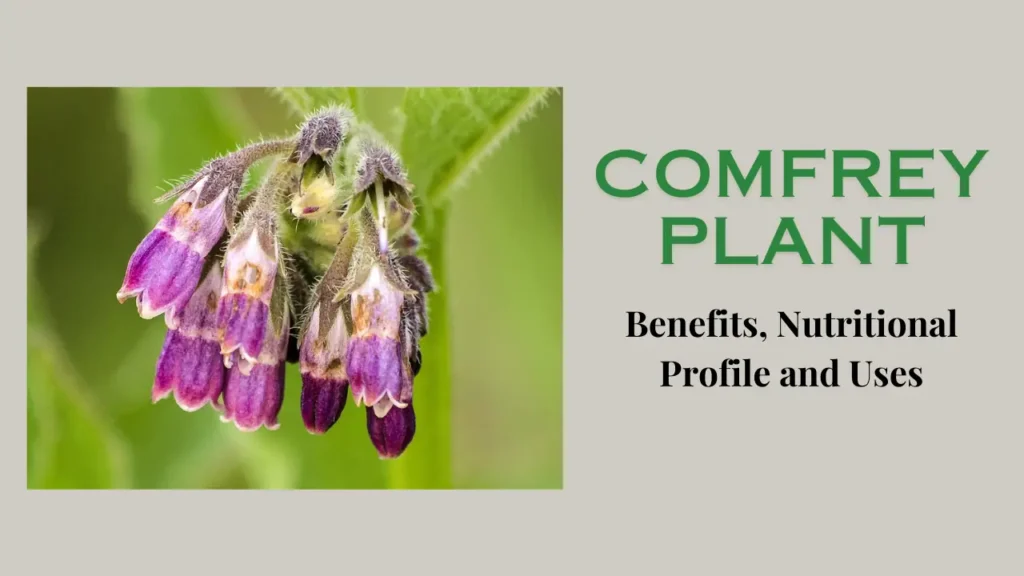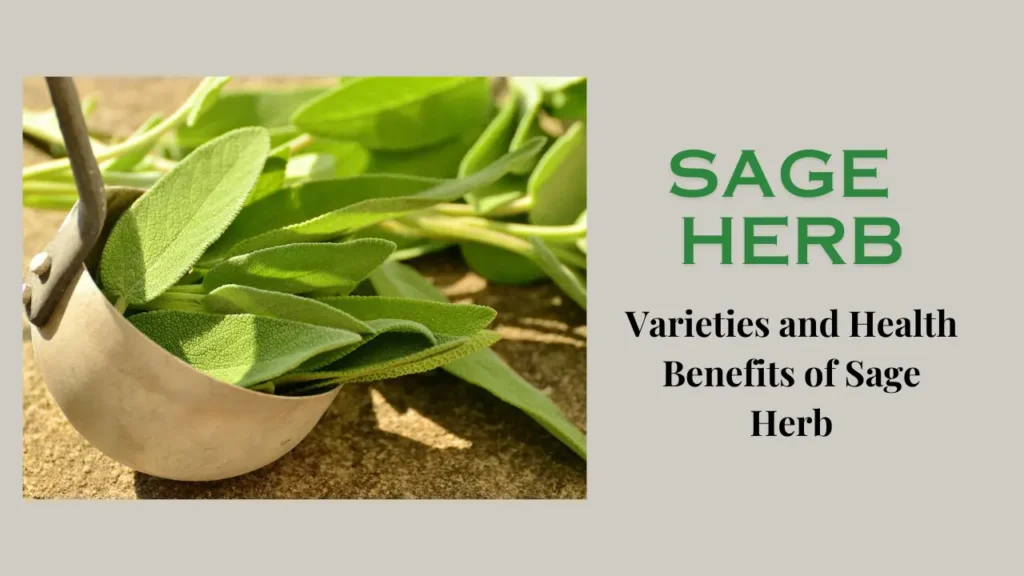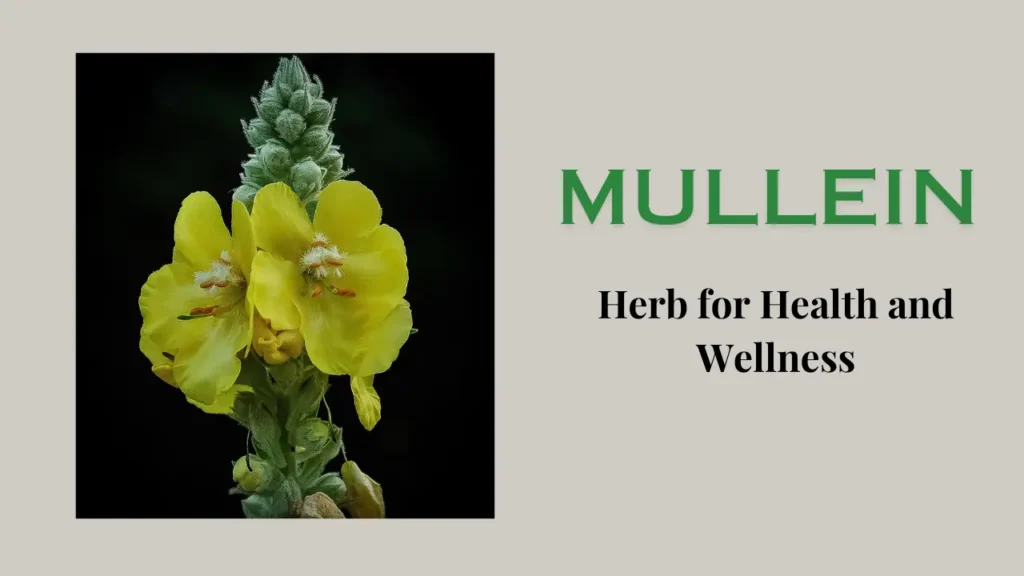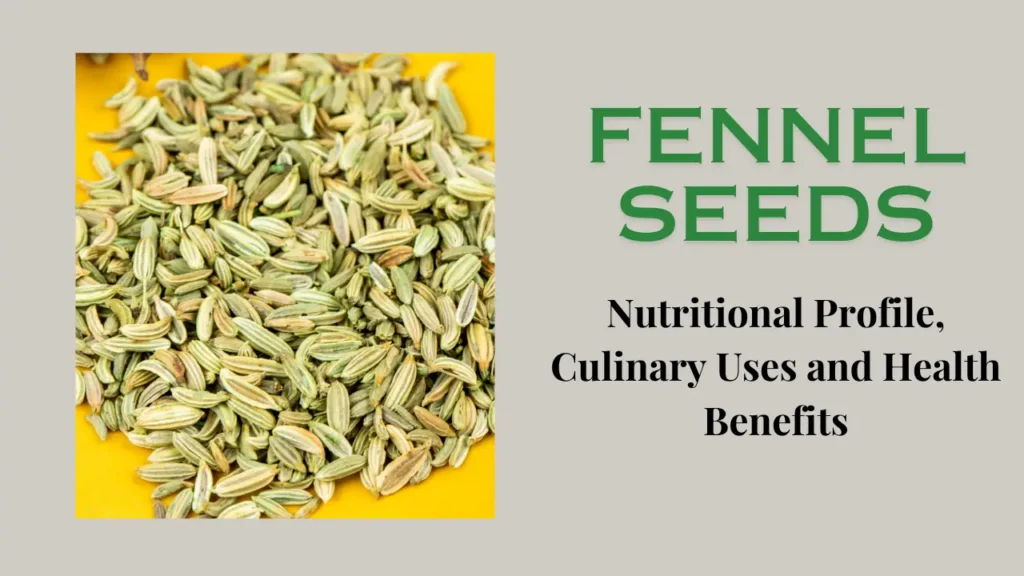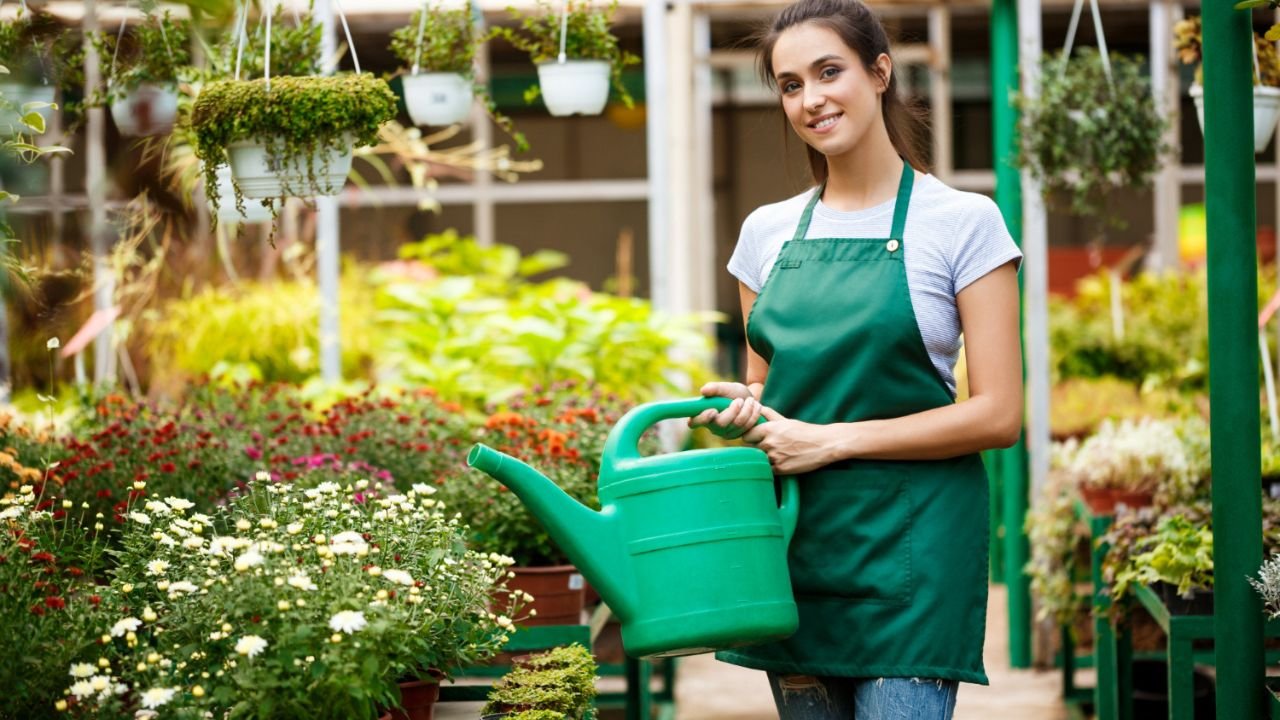
Consider your Garden climate
- Different herbs thrive in different climates. Some plants prefer hot and dry climates, while other plants thrive in cool and humid environments. You will need to research which herbs are suitable for your climate zone.
Assess sunlight requirements
- There are many herbs that require adequate sunlight to grow well. Be sure to evaluate the sunlight conditions in your garden – whether it needs full sunlight, partial sun, or shade, you should select herbs accordingly. For example, basil, rosemary, and thyme plants prefer full sun, while mint and parsley can tolerate partial shade.
Determine proper location
- Herbs like mint and parsley spread quickly when planted and can take over the entire garden if left unchecked. Consider the space available in your garden and whether you want to plant herbs in pots or directly in the ground. It is advisable to plant them in pots to control the growth of invasive herbs.
Identify your needs
- Think about which herbs you most often use for cooking or medicinal purposes and choose the herbs that you will use. Popular culinary herbs include basil, cilantro, thyme, and sage, and medicinal herbs may include chamomile, lavender, and echinacea.
Growing Research Needs
- Each herb requires a different type of soil. It has specific growing requirements in terms of soil pH level and water needs. Research the preferred conditions for your herbs and plant them in your garden accordingly.
Consider maintenance
- Some herbs require little maintenance. Once established they do not require much care. In contrast, some herbs require regular pruning and attention. Choose herbs that suit your maintenance preferences and gardening skills. For example, mint is easy to grow but can be invasive, while lavender requires well-drained soil and periodic pruning.
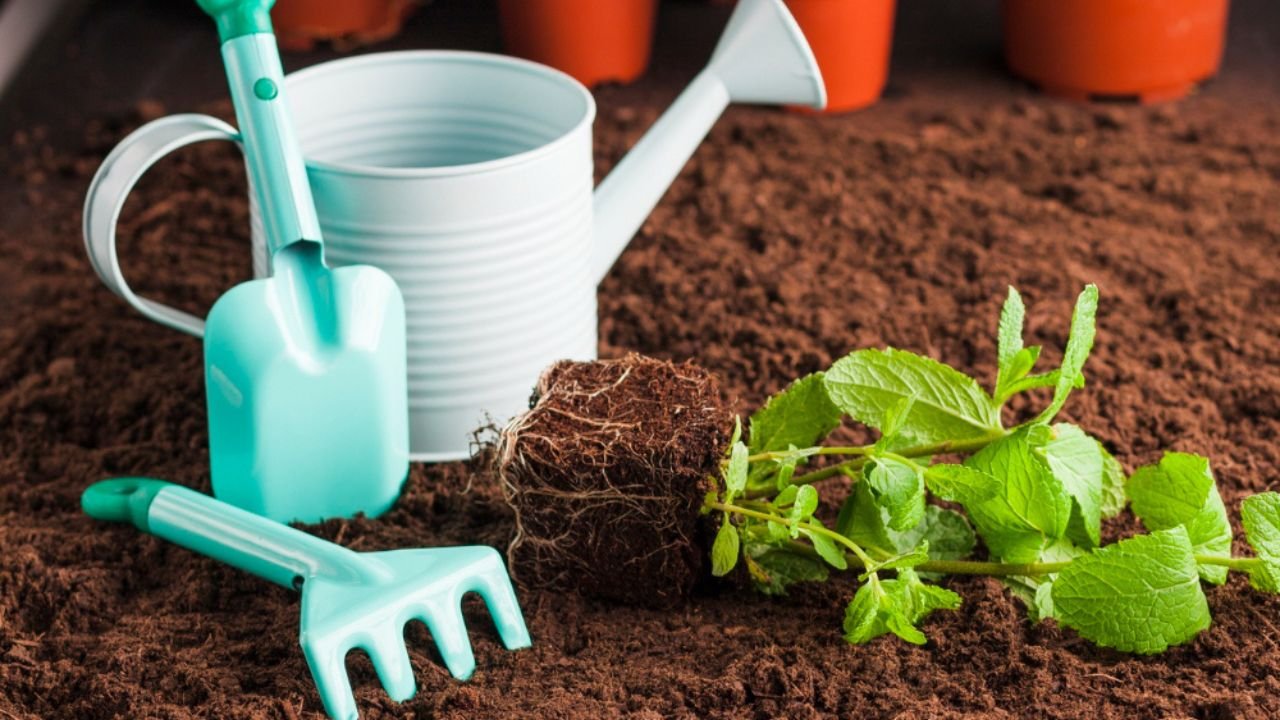
Check for toxicity
- If you have pets or small children, avoid planting herbs that could be poisonous if swallowed. Common culinary herbs like basil, parsley, and thyme are generally safe, but some herbs can be toxic so be sure to research their toxicity before growing them.
Consult local experts
- Consult local nurseries, gardening clubs, or extension services to get more information about which herbs are suitable for your area. They can provide you with the appropriate approach based on your specific location and growing conditions.
Conclusion
Remember, before starting any new wellness regimen, it’s always best to consult with a healthcare professional to ensure it is suitable for your specific needs and circumstances.
Growing herbs in pots and on the ground has its own benefits. Let us know about these two:
- Soil: Planting seedlings in the ground provides enough room for the roots to spread, allowing the plants to potentially grow larger. Herbs grown in the ground require less water than those grown in pots.
- Pots: Potted plants provide greater control over soil quality, drainage, and sunlight. Potted herbs can be easily brought indoors for winter protection or kept near your kitchen for convenience.
The best time to buy herbs for your garden depends on the climate around you and the herb you want to plant. Generally, it is best to buy herbs in the spring when winter has passed. Some nurseries also sell indoor herb plants year-round.
It is important to choose the right place for growing herbs. For this, keep the following things in mind:
- Sunlight: Most herbs require at least 6 hours of sunlight per day.
- Access: If you plan to use those herbs frequently, plant them near your kitchen door.
- Drainage: Some herbs dislike soggy soil. So choose a well-drained site or use pots with drainage holes.
Top 10 Popular Herbs are Basil, Parsley, Mint, Cilantro, Chives, Oregano, Rosemary, Thyme, Sage, and Tarragon.
Some beginner-friendly herbs are Basil, Chives, Cilantro (prefers cooler weather), Mint (be mindful of its invasive tendencies in the ground), Oregano, Parsley, Rosemary, Sage, and Thyme.
Most herbs are sun-loving and require at least 6 hours of sunlight per day. However, some herbs such as parsley and cilantro prefer partial shade, especially in hot climates.

